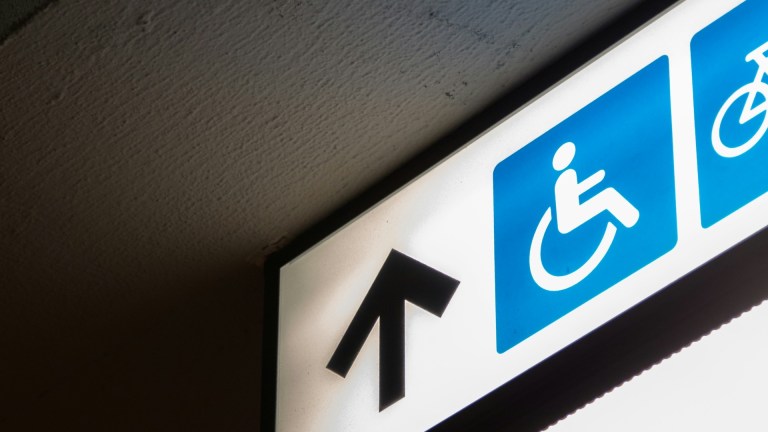
The excellent, multiple Academy Award-winning movie Oppenheimer depicts the creation and testing of the world’s first nuclear weapon at the Alamogordo bombing range in New Mexico. The ‘Trinity Test’ was a turning point in human history. Days after the test, then-US president Harry Truman told Soviet leader Joseph Stalin that the United States had a new weapon “of unusual destructive force”.
Not much more was said between the leaders about the bomb, but that was an understatement. The invention of nuclear weapons was so profound it changed nearly everything that came after and set the stage for the world we live in today.
For our series Turning Point: The Bomb and the Cold War, that explosion is the beginning. This nine-part Netflix series is the culmination of a two-year worldwide effort in which our team traveled to seven countries and interviewed over 100 people to tell the epic story of the Cold War.
From interviews with policy makers like Robert Gates or Condoleezza Rice and historians, academics and researchers to international heads of state like president Volodymyr Zelenskyy, the series dives deep into the political and cultural reverberations still felt by that blast.
On 29 August 1949, the Soviets successfully tested their own bomb. Soon nuclear weapons like the ones developed by Oppenheimer became thermonuclear devices that have many times more destructive potential. These weapons began to proliferate rapidly and took on a wide range of forms – some fit in a reasonably large duffel bag, others were the size of a school bus.
As author Alex Wellerstein says in the series “there was a tremendous variety of weapons” and the US had a nearly “unlimited budget and unlimited ideas”. By 1983, the world’s two superpowers had amassed over 50,000 nuclear weapons, enough to destroy all life on Earth. By that time a dangerous theory had become dominant. Mutually assured destruction, or MAD. If we could only build more and more deadly nuclear weapons, only then, the thinking goes, could we be safe.









